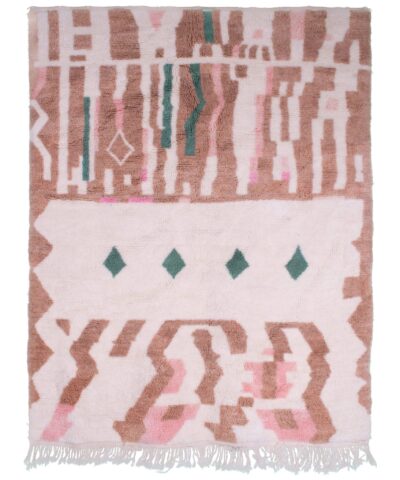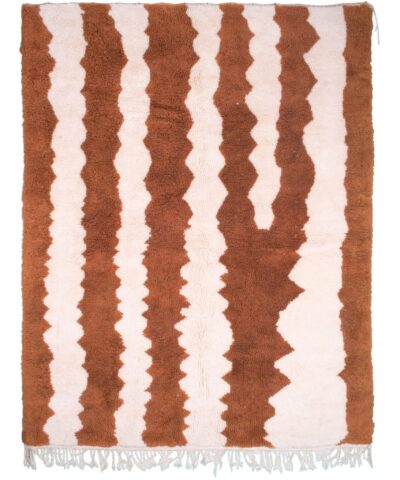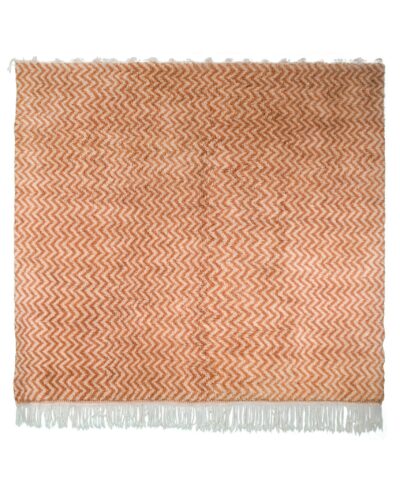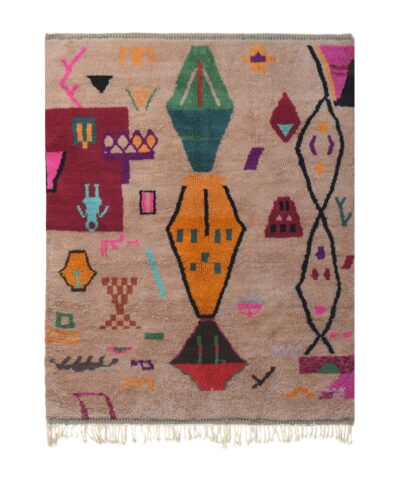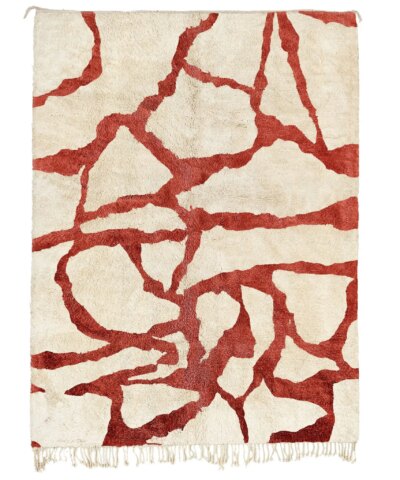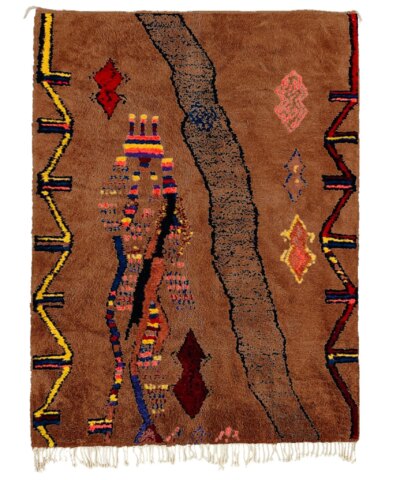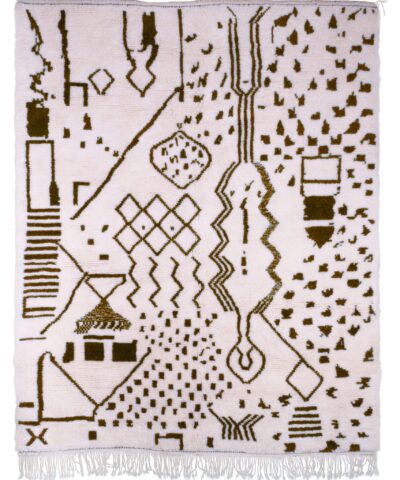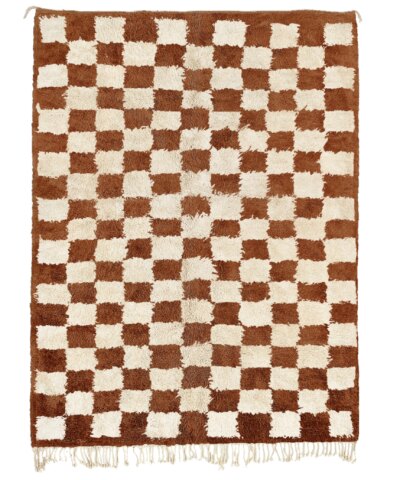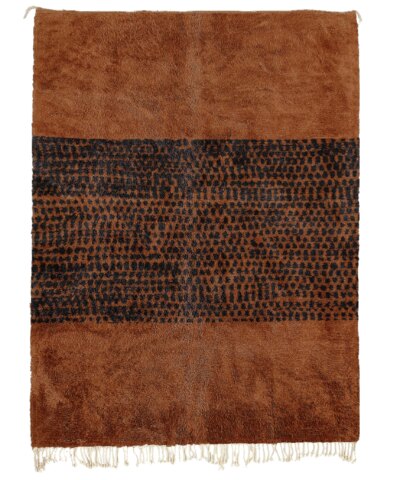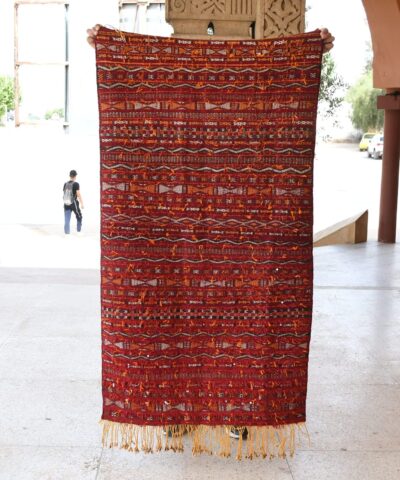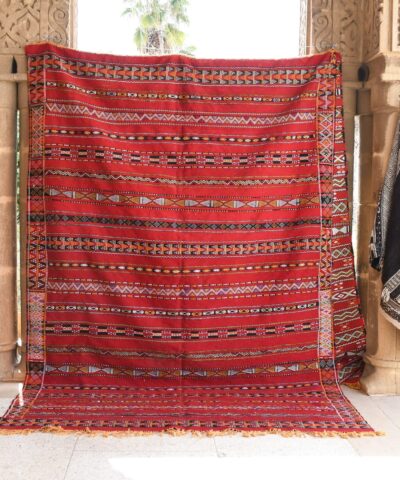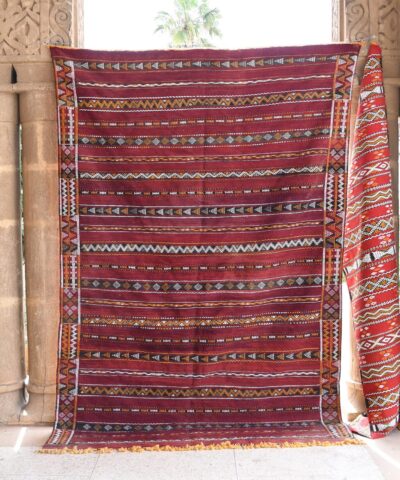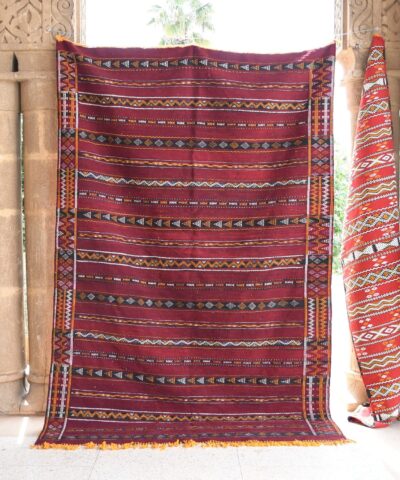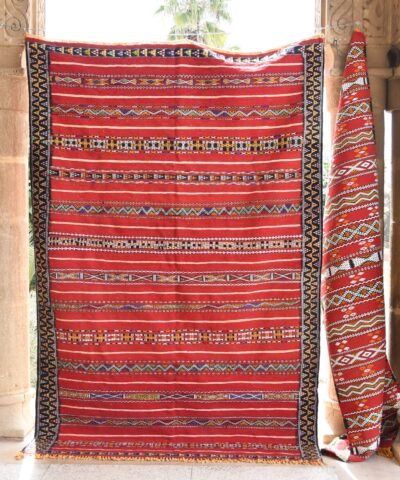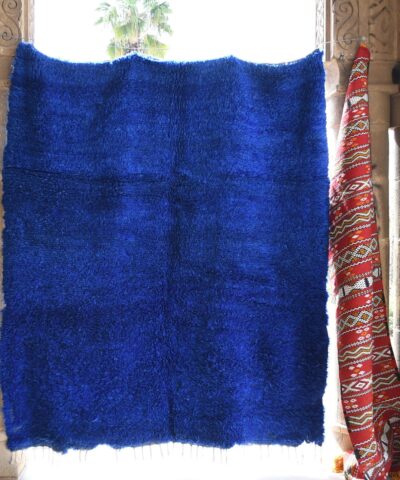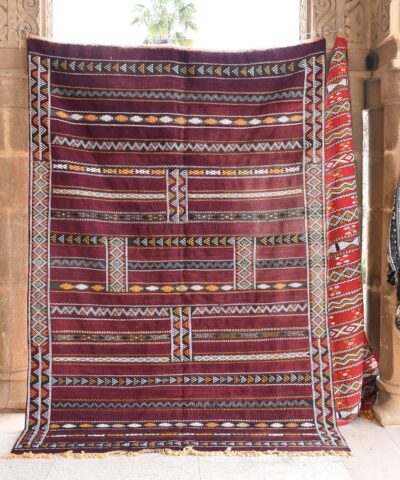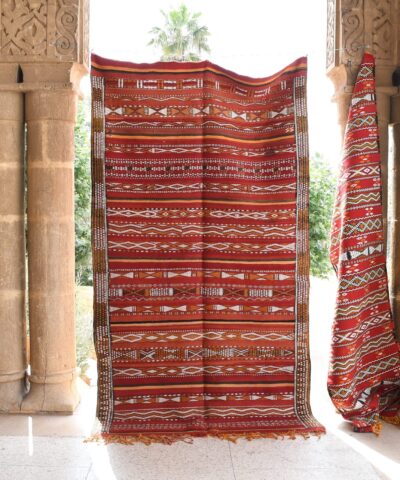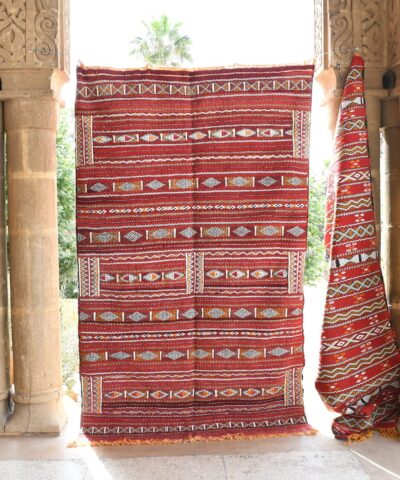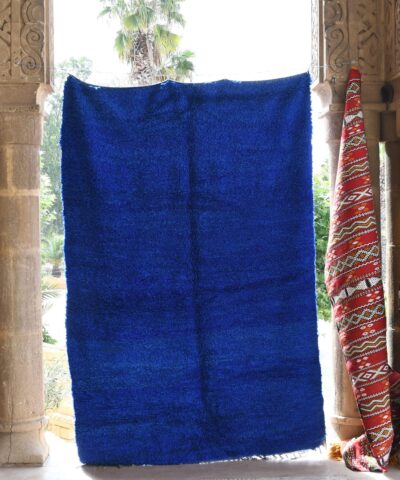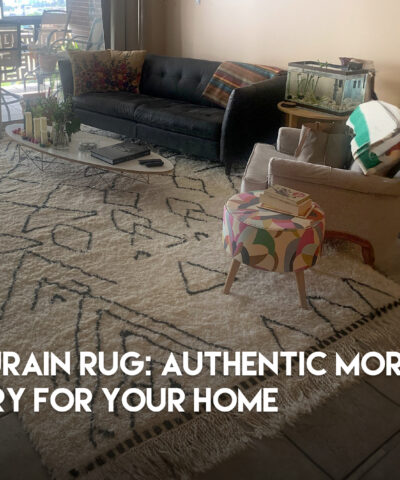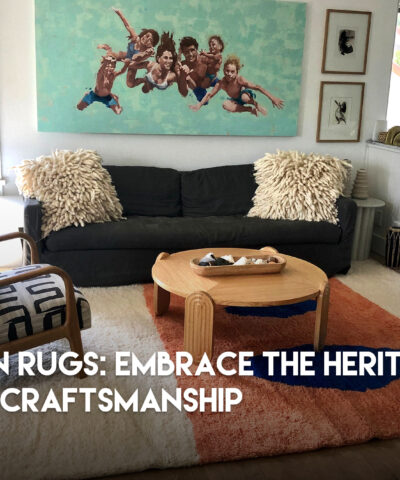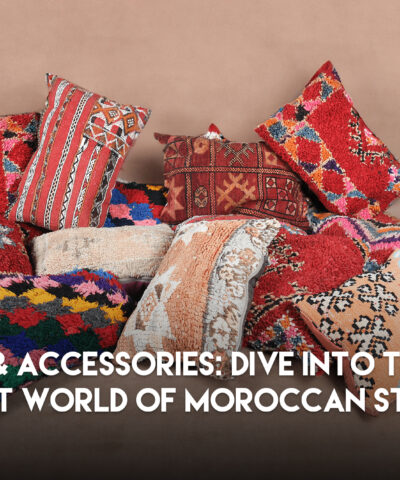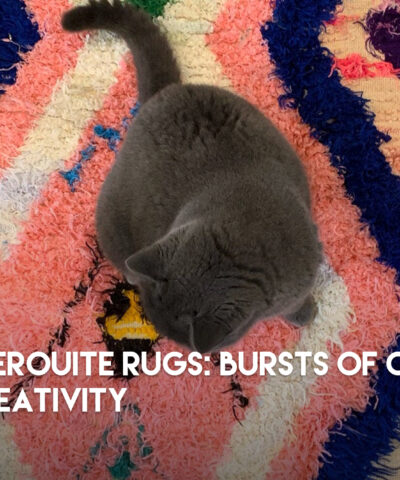Showing 1–20 of 42 results
Category: moroccan rug
Discover the Exquisite World of Moroccan Rugs
Moroccan rugs are more than just floor coverings; they are pieces of art steeped in rich history and culture. These beautiful textiles have been woven by the indigenous people of Morocco for centuries, utilizing techniques and patterns passed down through generations. Whether you’re a rug connoisseur or just beginning to explore the world of Moroccan decor, this comprehensive guide will help you understand the allure and craftsmanship behind these stunning creations.
History of Moroccan Rugs
Moroccan rugs date back to the Berber tribes, who were the original inhabitants of Morocco over 2,000 years ago. Berber women were the primary rug weavers, and their skills and techniques have remained relatively unchanged. Historically, these rugs served a dual purpose. On one hand, they provided practical solutions for harsh living conditions, such as insulation against the cold. On the other hand, they served as a medium for personal and tribal expression.
The patterns and symbols used in these rugs often tell a story or convey a particular meaning. For example, diamond patterns are typically used to symbolize protection against evil spirits. Each region and tribe has its own distinct weaving style and motifs, making every rug a unique piece of artwork. This diversity has helped Moroccan rugs gain international appeal, turning them into much-sought-after items in home decor stores and online marketplaces. For more on the different types and their unique characteristics, you can explore our Types of Moroccan Rugs page.
Types of Moroccan Rugs
There are several types of Moroccan rugs, each with its own unique features and history. Here are some of the most popular:
Beni Ourain
Beni Ourain rugs are perhaps the most well-known type outside of Morocco. These rugs are traditionally woven by the Beni Ourain tribes located in the Atlas Mountains. They are made from natural wool and are known for their plush feel and minimalist designs, often featuring a simple palette of black and white with geometric patterns. Their timeless elegance makes them a perfect fit for modern interiors.
Azilal
Azilal rugs come from the Azilal province in the Moroccan Atlas Mountains. Unlike the Beni Ourain rugs, Azilal rugs often incorporate a variety of colors and more elaborate designs. These rugs are usually woven using both wool and cotton, resulting in a variety of textures. They often depict more abstract and freeform patterns, making them a favorite for contemporary home decor.
Boucherouite
Boucherouite rugs are another remarkable type. These rugs are often made by recycling old textiles and clothing. The result is vibrant, colorful rugs that are both eco-friendly and visually striking. They are perfect for adding a pop of color to any room. Boucherouite rugs embody the spirit of creativity and resourcefulness, making them a unique addition to your home.
Moroccan Kilim
Moroccan Kilim rugs, also known as “hanbels,” are flat-woven rugs that originate from various regions across Morocco. These rugs are known for their intricate patterns and lightweight feel, and they are often easier to maintain. With bold colors and geometric designs, Moroccan Kilims provide an eye-catching accent for any room.
R’Bati
R’Bati rugs originate from the city of Rabat, the capital of Morocco. They are distinct for their floral motifs, bright colors, and fine craftsmanship. These rugs are often made from high-quality wool and are considered some of the most luxurious Moroccan rugs available. The designs are carefully curated to embody both traditional and modern influences.
The Process of Moroccan Rug Weaving
The creation of a Moroccan rug is a labor-intensive process that involves several steps, from shearing the wool to the final weaving. Below is a brief overview of this process:
- Shearing: The process usually begins with the shearing of wool from sheep. This raw wool is then cleaned and spun into yarn.
- Dyeing: Natural dyes derived from plants, minerals, and even insects are used to color the yarn. This results in vibrant yet earthy tones, giving each rug its unique palette.
- Weaving: Using traditional looms, the weavers intertwine the dyed yarns to create complex patterns and designs. This can take anywhere from a few weeks to several months, depending on the size and complexity of the rug.
- Finishing: Once the weaving is complete, the rug undergoes several finishing processes, such as trimming, washing, and sometimes even additional dyeing or embroidery.
This meticulous process ensures that each Moroccan rug is not just a decorative piece but a testament to the skill and artistry of the weaver.
How to Choose the Perfect Moroccan Rug
Choosing a Moroccan rug involves more than just picking a design that you like; it’s essential to consider the purpose, placement, and style of your living space. Here are some tips to guide you:
Consider Your Space
Think about where you want to place the rug. Do you need a runner for the hallway, a centerpiece for the living room, or a cozy addition to your bedroom? Make sure to measure the area accurately to find a rug that fits perfectly.
Understand the Material
Different types of Moroccan rugs use various materials. Wool rugs add warmth and are durable, while cotton or mixed-material rugs are generally lighter and easier to clean. Choose a material that fits the intended use of the rug.
Match Your Interior Decor
The rug design should complement the existing decor of your home. Beni Ourain and Kilim rugs are excellent for modern interiors, while colorful Azilal and Boucherouite rugs can add vibrancy to eclectic spaces. Aim for a harmonious blend of colors and patterns.
Check the Authenticity
Authentic Moroccan rugs are handwoven and often come with slight imperfections, which add to their charm. Be cautious of mass-produced imitations that lack the quality and craftsmanship of genuine Moroccan rugs. For authentic pieces, you can always visit our shop.
Caring for Your Moroccan Rug
Proper care will ensure that your Moroccan rug remains beautiful for years to come. Here are some tips:
Regular Cleaning
Vacuum your rug regularly to remove dirt and debris. Make sure to use a vacuum cleaner without a beater bar to avoid damaging the fibers. For deeper cleaning, occasional professional cleaning is recommended.
Avoid Direct Sunlight
Direct sunlight can cause the colors in your rug to fade over time. Try to place your rug in an area with minimal exposure to sunlight or use window treatments to block out harmful UV rays.
Rotate Periodically
To ensure even wear, rotate your rug every few months. This practice helps in maintaining the rug’s appearance and prolonging its lifespan.
Handle Spills Immediately
If you spill something on your rug, clean it up immediately to prevent stains. Blot the spill with a clean, dry cloth and avoid rubbing, as this can push the stain deeper into the fibers.
Conclusively
Moroccan rugs offer a unique blend of history, culture, and artistry that can enhance any living space. Whether you are drawn to the minimalist elegance of the Beni Ourain or the vibrant creativity of the Boucherouite, there’s a Moroccan rug for every taste and style. By understanding the history, types, and care of these rugs, you can make an informed choice that aligns perfectly with your home decor.
For those interested in adding an authentic piece of Moroccan history to their home, explore our extensive collection at WEBERBER. Happy decorating!
